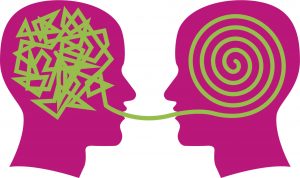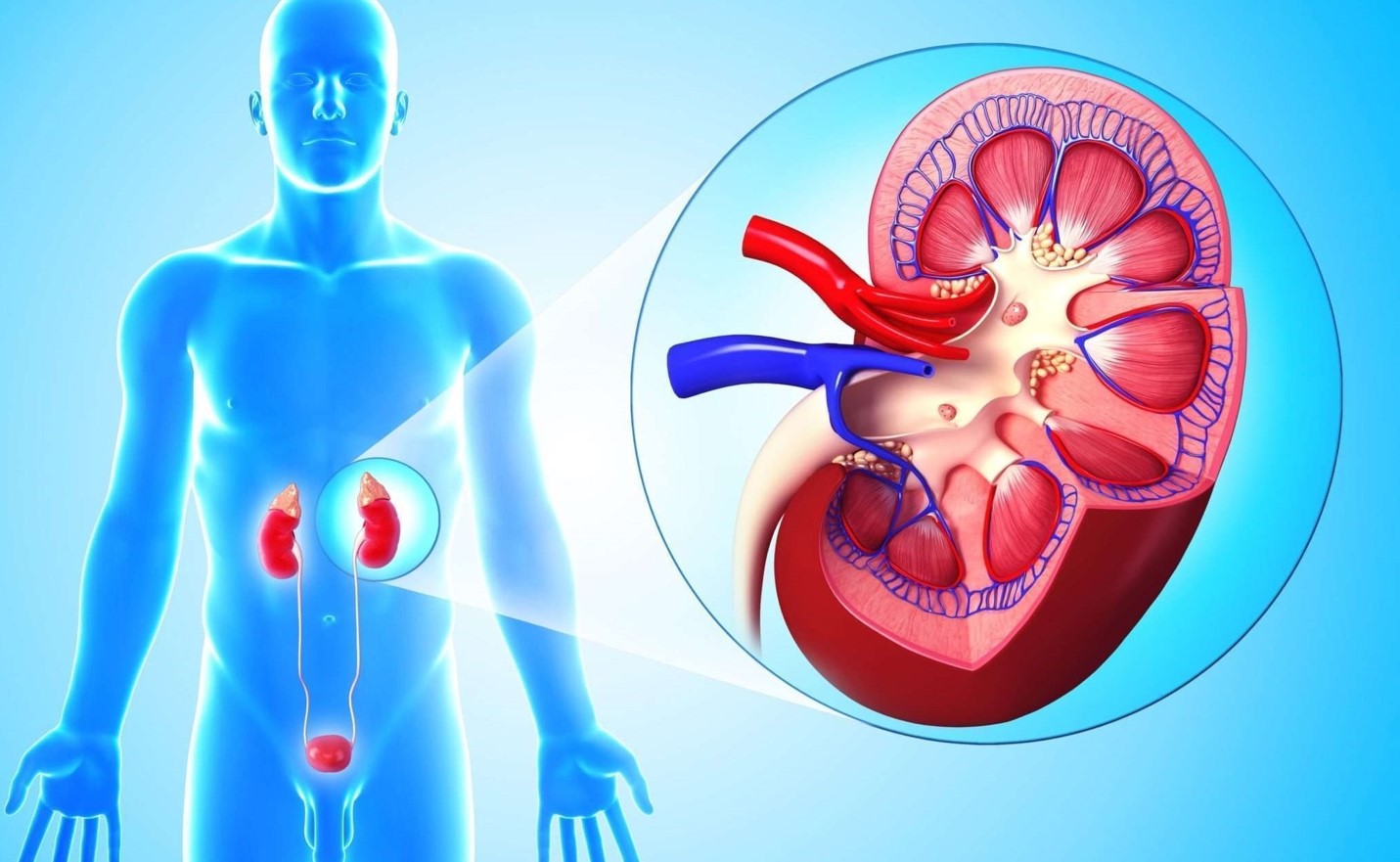Cognitive therapy is one of the most common and effective areas of modern psychotherapy. This method is based on transforming our inadequate emotions into adequate ones. How does this happen?
Many of our somatic and all psychological disorders are the result of inappropriate negative emotions. Such as depression, anger, fear, shame, guilt, anxiety, jealousy, resentment. Their appearance interrupts our productive activities and interferes with our ability to communicate. Unfortunately, such emotions do not pass quickly and torment us for a long time.
In contrast to them, there are adequate emotions, including negative ones, for example: sadness, irritation, concern, grief, regret. They do not have a destructive effect on our ability to interact with the outside world, and also do not threaten us with neuroses and psychosomatic diseases. Remember that emotions are determined by our thoughts. The task of the psychotherapist is to make the patient have rational thoughts with adequate emotions. How can this be achieved? It is necessary to identify irrational thoughts, subject them to critical analysis and replace them with rational ones. A psychotherapist will help you reinforce this with systematic training.
The number of cognitive therapy sessions required is determined by the severity and complexity of the patient’s condition. Classes are held once every 2-3 weeks.
When is Cognitive Therapy Used?
depression (including moderate depression, which was previously curable only in psychiatric hospitals with the use of antidepressants)
anxiety (including panic)
various types of social phobia (stage fright, fear of public speaking, fear of exams)
chemical addiction (including alcoholism and drug addiction)
eating disorders (especially overeating)
obsessive thoughts and actions, obsessive memories after severe stress
chronic pain syndrome
and many other conditions and syndromes.
Cognitive therapy as a method has many benefits. It is a scientifically oriented direction, that is, it has a solid base in the form of the latest achievements of psychology and neurophysiology. Treatment results can be verified using special tests.
Cognitive therapy has a strong structure of treatment, consisting of sequential steps and receiving feedback from the patient. In the process of treatment, the patient-therapist relationship is built on the basis of mutual respect. According to many years of research, patients who have undergone cognitive therapy treatment achieve success even in areas that they previously considered closed to themselves. This means that a lasting effect of treatment is achieved, which is not only a symptomatic (temporary) improvement. Cognitive therapy can be combined with medication as needed.



